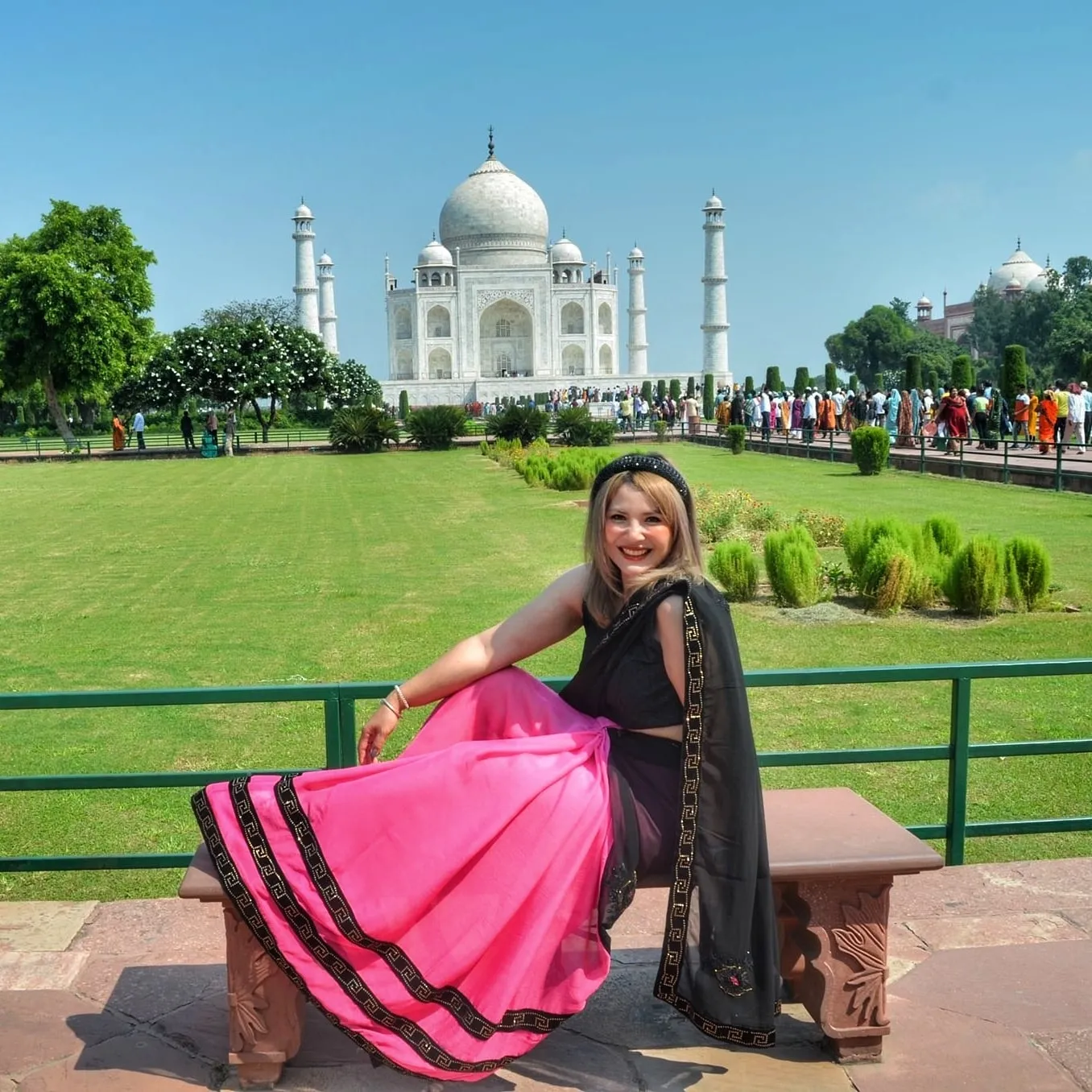Yes, the Taj Mahal is a burial place of a queen and a king. The Taj Mahal was built by the Mughal emperor Shah Jahan in memory of his beloved wife, Mumtaz Mahal, who died during childbirth in 1631. Mumtaz Mahal was buried in the Taj Mahal, and it is said that Shah Jahan was so devastated by her death that he spent the rest of his life mourning her and gazing at the monument he had built in her memory.
Best way to travel from Delhi to Agra
Shah Jahan also intended to be buried in the Taj Mahal, next to his wife, but he was deposed by his son Aurangzeb before his death and was instead buried in the nearby Agra Fort. Despite this, the Taj Mahal remains a symbol of love and devotion, and it continues to attract millions of visitors from all over the world who come to admire its beauty and pay their respects to the memory of the queen and the king.
What are some of the architectural features of the Taj Mahal that make it so famous?
The Taj Mahal is an architectural masterpiece and is widely regarded as one of the most beautiful buildings in the world. Some of the architectural features that make the Taj Mahal so famous are:
1. The white marble: The Taj Mahal is built entirely of white marble, which gives it a pristine and ethereal appearance. The marble was sourced from Rajasthan and was transported to Agra by a fleet of elephants.
2. The dome: The central dome of the Taj Mahal is 73 meters high and is surrounded by four smaller domes. The dome is made of white marble and is decorated with intricate floral designs and inlaid with precious stones.
3. The minarets: The Taj Mahal has four minarets, one at each corner of the monument. The minarets are 40 meters tall and are built at a slight angle to prevent them from collapsing in the event of an earthquake.
4. The gardens: The Taj Mahal is set within a large garden complex, which is divided into four sections by walkways and water channels. The gardens are designed to be symmetrical and are planted with a variety of trees and flowers.
5. The calligraphy: The walls of the Taj Mahal are decorated with intricate calligraphy, which is carved in black marble and inlaid into the white marble. The calligraphy is taken from the Quran and praises the virtues of love and devotion.
6. The symmetry: The Taj Mahal is built on a symmetrical plan, with identical elements repeated on either side of the central axis. This creates a sense of balance and harmony that is both visually stunning and emotionally powerful.
7. The reflection: The Taj Mahal is located on the banks of the Yamuna River, and its reflection can be seen in the water on a clear day. This creates a stunning visual effect that adds to the beauty of the monument.
8. The inlay work: The Taj Mahal is decorated with intricate inlay work, which involves the use of precious and semi-precious stones to create intricate designs and patterns. The inlay work is done in a variety of materials, including marble, jasper, and jade.
Overall, the Taj Mahal is a masterpiece of Mughal architecture that blends Persian, Islamic, and Indian architectural styles to create a unique and stunning work of art. Its white marble, central dome, minarets, gardens, calligraphy, symmetry, reflection, and inlay work are just some of the architectural features that make it so famous. It is a testament to the enduring power of love and the beauty that can be created when passion, creativity, and craftsmanship come together.




